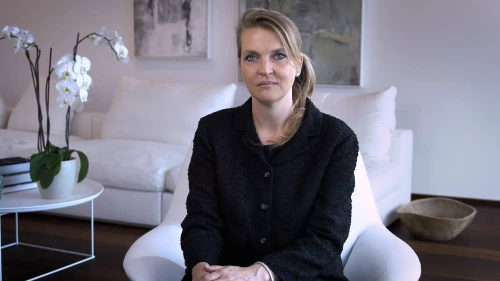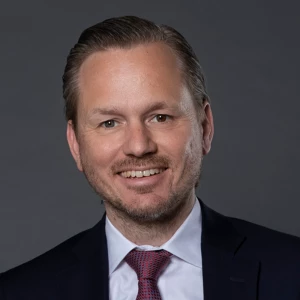Sometimes, it takes having the world turned upside down to understand what it should look like right-side up.
After a year and a half of norm-busting events, individuals and businesses know what is essential and what is not. Having adapted to extraordinary challenges, we’ve all learned that it’s possible to pivot in ways we couldn’t have imagined before. And having lived through dizzying changes, we’ve seen firsthand the importance of client proximity, speed, and efficiency.
Wealth managers now have a chance to put that perspective into practice in their own work. For a long time, the typical industry model has operated in an inside-out fashion. It’s time to correct that. Instead of following a corporate agenda, wealth managers must pursue a client agenda. Instead of sorting clients by their wallets, they must differentiate them by their needs and use behavioral insights to unlock new sources of value. And instead of letting complexity and cost dictate the pace of innovation, they must let clients set the tempo, employing digital platforms and cross-functional teams to speed go-to-market and to scale impact.
The next five years have the potential to usher in a wave of prosperity for individuals and wealth managers alike. But the process of sizing and capturing that opportunity requires adopting a client’s eye view and reorienting the entire business model accordingly.
For Boston Consulting Group’s 21st annual Global Wealth Report, my colleagues and I sought to do just that. We started with a radically simple proposition—understanding what clients needs are at each step of the wealth management life cycle. By shifting focus from wallets to needs, our analysis revealed whole segments that wealth managers are either underserving or not serving at all. These include individuals with simple needs, the new ultras, and the “affluent retiree” market—a $90 trillion investable wealth pool today.
Through interviews, analysis, and detailed examples, we lay out what it takes to attract and retain these clients and serve them in a competitively sustainable way. Although these examples represent some of the largest opportunities for wealth managers, they are just a subset of the total number available for those willing to change or rethink their approach.
The pandemic may have turned the world upside down, but it has also created the opportunity to refocus on first principles and see what’s truly important. Wealth managers have talked about being client-led for years. Now they have the chance—and the imperative—to deliver on it.
We hope that the ideas expressed here prompt stimulating conversation, and we look forward to continuing that dialogue with you.
Anna Zakrzewski
Managing Director & Partner
Global Leader, Wealth Management Segment



















